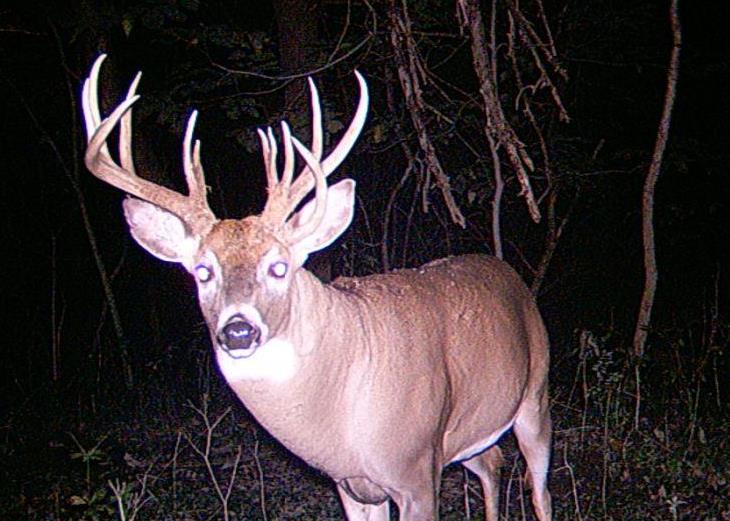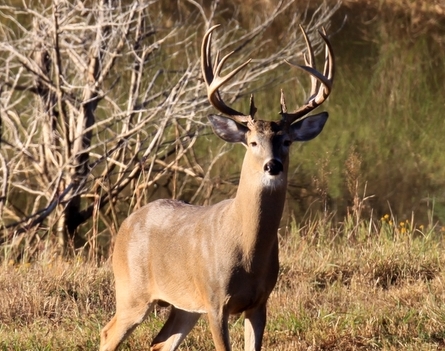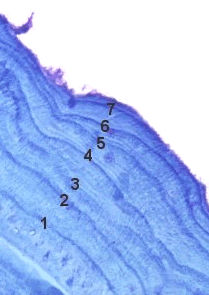I recently went whitetail deer hunting in the Texas Panhandle and was totally surprised with the terrain. I’d always heard of the giant whitetail bucks that live in this part of Texas, but had never hunted it. I found myself deer hunting in a whole new way. We spent a good amount of time driving around and glassing some “mountains” and I finally saw a buck that looked worthy of chasing on the third day of my hunt. The buck looked big, really big, so I decided to leave the comfort of the jeep to close the distance on foot.
I first saw this buck about 8:15 in the morning shortly after I parked along a hilltop, but he was a long ways off — probably about 1,500 yards. I watched the big-bodied buck bed down, but I moved in closer and could not find him back until later in the day. As I covered the distance, the brush seemed taller and I got a bit off track, but I knew I was in the general area. I realized at this point that I was a long way from the East Texas deer lease I used to hunt as a teenager.
Then boom, there he was at 2 o’clock in the afternoon. Just when I thought the deer hunting had turned sour, my luck had changed! The buck had got up and I believed he was moving towards a water trough off in the distance. I think I really just lucked into spotting him from about 700 yards away, even though I thought I was right on top of him. As I watched the buck he bedded down again, but this time I marked him really well, just north of a lone shrub. He was in the shade and I was going to make my move. Continue reading Deer Hunting the Texas Panhandle



 Reader Submitted: With deer hunting and deer management becoming more popular every year, aging bucks property is becoming more important. I was browsing the net and found a company that claims to tell the
Reader Submitted: With deer hunting and deer management becoming more popular every year, aging bucks property is becoming more important. I was browsing the net and found a company that claims to tell the